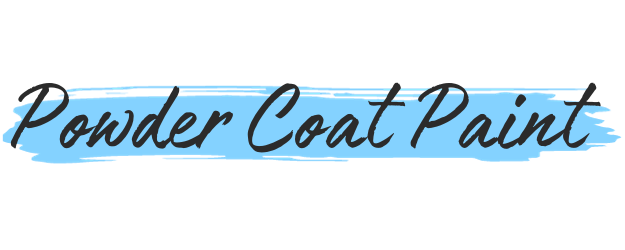Can You Powder Coat an Engine Block?
Many car enthusiasts might be wondering if it’s possible to powder coat an engine block. Powder coating is a popular method for adding a durable and attractive finish to various metal surfaces.
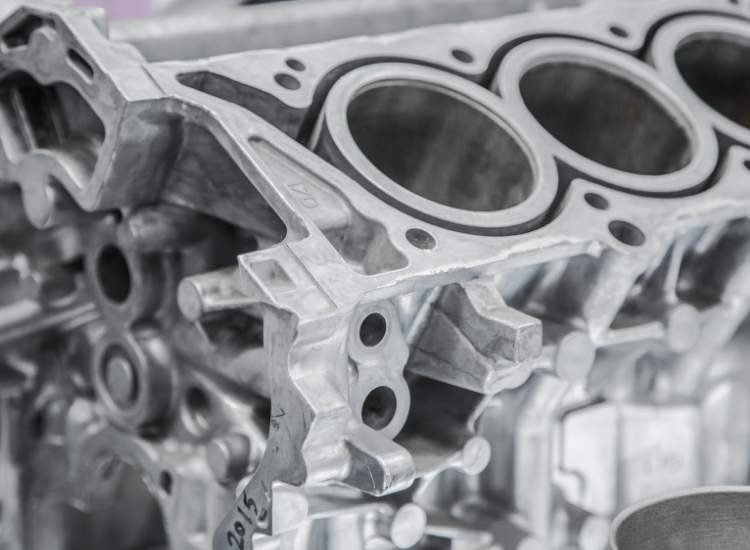
You may be considering powder coating your engine block to protect it from corrosion and enhance its appearance. In this article, we’ll explore the feasibility of this process and discuss some important factors to consider.
Why Powder Coat an Engine Block?
Powder coating is an excellent option for your engine block. It not only enhances the appearance, but also increases the durability of the block.
The process involves applying a dry, powdered paint-like material to the surface of the engine block, which is then cured under heat to form a strong, protective layer.
The benefits of powder coating your engine block include its robust finish. This process creates a resistant surface that can withstand exposure to harsh conditions and abrasion.
Additionally, powder coating can also help protect your engine from corrosion, which is especially beneficial for engines operating in humid or salty environments.
Improve the Appearance
Another reason to consider powder coating is its variety of colors and finishes. You can choose from a wide range of hues, textures, and patterns to give your engine block a personalized touch.
When it comes to getting a consistent, even finish, powder coating is often superior to traditional painting methods.
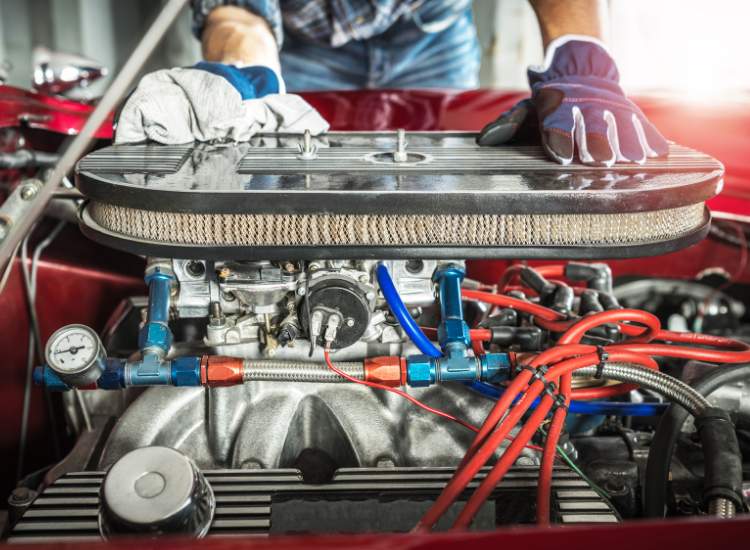
Lastly, powder coating is an environmentally friendly choice. Unlike conventional paint, it contains no solvents, which means fewer harmful emissions during application. The powder coating process also has a high transfer efficiency, resulting in less wasted material.
How to Powder Coat an Engine Block
- First, disassemble the engine and clean it thoroughly. Use a degreaser to remove any dirt, oil, and grime. Then, sandblast or media blast the surface to achieve an even texture, ensuring the best possible adhesion for your powder coat.
- Next, select the appropriate powder coating for your engine block. High-temperature powders are ideal since they can withstand the heat produced by engines. Make sure to choose a color or finish that matches your style.
- Once your engine block is prepared, apply the powder coating using a sprayer. This electrostatic process ensures even coverage over the entire surface. After you’ve coated the block, it’s time to cure it.
- Place the coated block in an oven specifically designed for powder coating, and set the temperature around 400°F (204°C). The curing process typically takes 20-30 minutes, but always consult the manufacturer’s guidelines.
- After the curing process is complete, allow your engine block to cool before handling it. Remember to re-assemble your engine carefully, ensuring all parts fit and function correctly. Now, you have a freshly powder-coated engine block.
Materials Required for Powder Coating
To powder coat an engine block, you’ll need some essential materials. First, a powder coating gun is necessary for applying the powder to your engine block.
Also, you’ll need powder coating powder in your chosen color. It’s crucial to select a high-quality, heat-resistant powder.
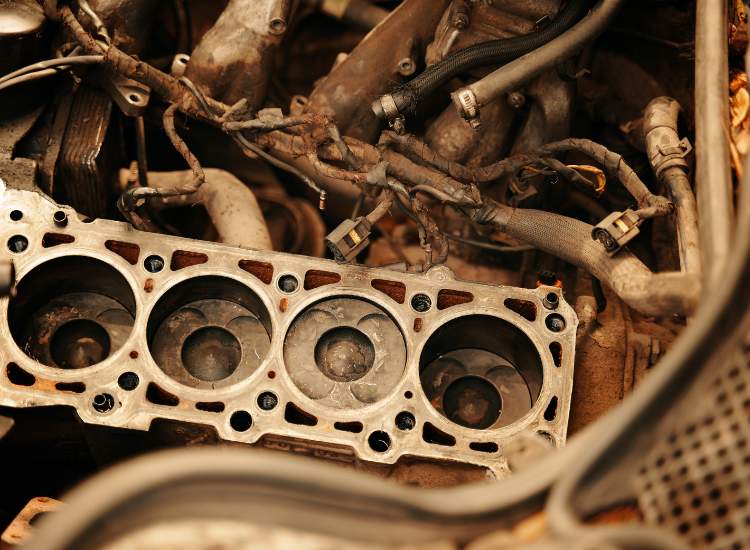
Preparation is key! You’ll require cleaning and degreasing solutions to ensure the engine block surface is free of dirt, oil, and contaminants.
Proper protection is vital during the process. Wear safety goggles, gloves, and a mask to protect yourself from dust and chemicals.
A crucial step in powder coating is the curing process. A large powder coating oven is needed to bake the powder onto the engine block evenly.
Benefits of Powder Coating an Engine Block
Powder coating your engine block has a few key benefits. It enhances appearance and offers strong protection.
- Your engine block will have a uniform, sleek look. This adds value to your vehicle.
- Powder coating provides a durable, corrosion-resistant barrier. Your engine block stays protected from rust and wear.
- Less maintenance is needed due to the powder coating’s resilience. This saves you time and effort.
- It’s eco-friendly; powder coating avoids harmful solvents. You’re making a positive choice for the environment.
Alternative Methods of Engine Block Coating
Looking for alternatives to powder coating your engine block? We got you covered.
Ceramic coating is one option. This method involves spraying a thin layer of ceramic material onto your engine block. It offers improved durability, heat resistance, and corrosion protection. However, it can be a bit more expensive than powder coating.
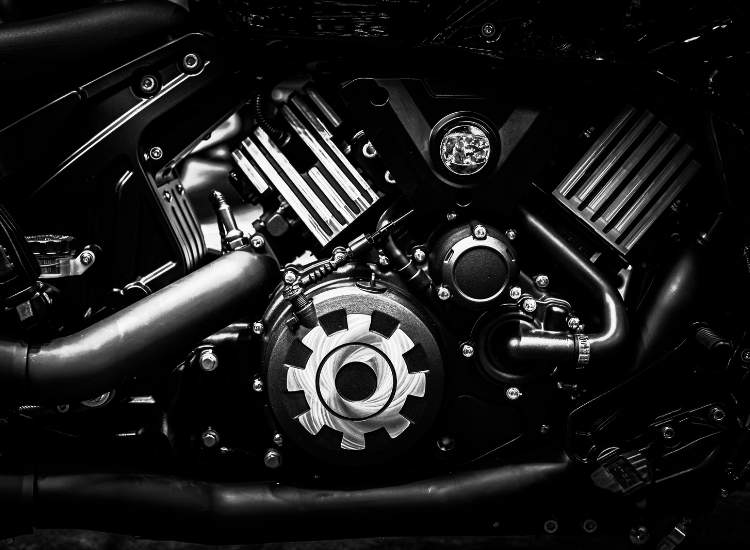
Another option is high-temperature paint. This type of paint is specifically designed to withstand the extreme heat generated by your engine. It’s affordable and easy to apply, but may not provide the same level of protection as other coatings.
Lastly, consider electroless nickel plating. This process involves immersing the engine block in a chemical bath that deposits a layer of nickel onto the surface. This results in excellent corrosion resistance, but may not be as heat-resistant as other options.
Expert Opinion on Powder Coating Engine Blocks
Firstly, the engine must be completely disassembled for proper powder coating. This means all internal parts, seals, and bearings must be removed. Additionally, the block’s surface must be thoroughly cleaned and prepped before the process.
The powder coating process involves applying a colored dry powder onto the block’s surface, which is then melted and cured under extreme heat. It creates a thick, protective layer that can withstand high temperatures. Nonetheless, it’s crucial to control the temperature during the process.
Carefully selecting the right type of powder is essential for engine blocks. Powders with high heat-resistance, such as those containing ceramic or silicone, are recommended choices. Using unsuitable powders may result in the coating cracking or peeling under high temperatures.
Be aware of the potential drawbacks of powder coating. It may add thickness to the metal surface, which could lead to clearance issues if you need to reassemble tightly-fitting components. Moreover, uncoated areas may trap moisture and cause corrosion in the long run.
